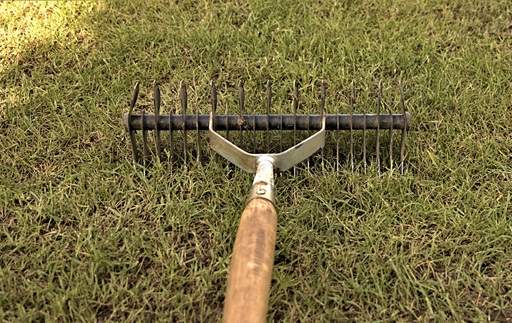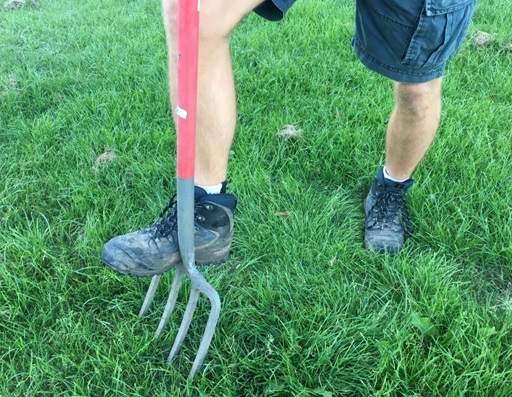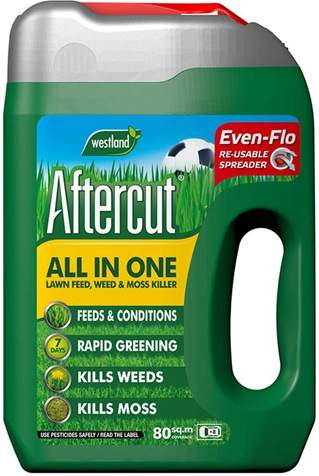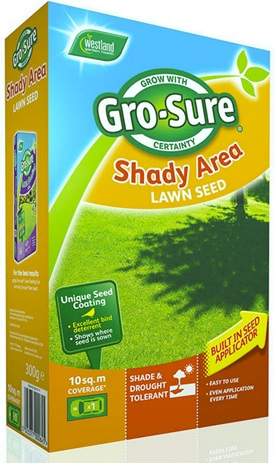Lawn Care - Autumn Care Guide
With the temperatures starting to fall and the weather starting to turn, autumn is the ideal time to get on top of your lawn care. Many lawns will be looking tired and patchy following the beautiful summer we have had, but never fear, we have plenty of hints and tips to getting it looking perfect again. Each of these stages are crucial for a healthy lawn, but before you start, decide which of these are necessary for your lawn and in what order you are going to do them in.
Scarifying
If you do just one thing to your lawn this autumn, make sure it is to scarify it. This encourages fresh regrowth by removing the dead grass which inhibits the movement of air, water and nutrients to the roots. With a spring-tined rake, comb through your grass, removing the 'thatch' as you go. The best method is to work in line, you'll be amazed at the amount of 'thatch' you remove from your lawn!

Aerating
Signs that your lawn may need aerating are patchy areas in the summer and rainwater lying on top. This can be a problem in particularly heavily used areas, such as near a play area or under seating. Lawns can be aerated with a garden fork - wiggle it back and forth to loosen the earth. Problem patches need to be aerated every autumn but typical lawns only need doing every 2-3 years.

Topdressing
Topdressing a lawn encourages strong roots and thicker blades of grass. This needs to be applied just after aerating. The typical topdressing mix is three parts sandy loam, six parts sharp sand and one part compost or well-rotted organic matter. Scatter approximately 2-3kg per square metre of lawn and work it in well with the back of a rake.

Killing Mosses
The traditional way to kill mosses is by using a lawn weed and moss killer. If it is just spot treatment then use a trowel to scatter the chemicals onto the area. Larger treatment areas need a wheeled applicator to ensure an even spread. Some will require watering in, so make sure that you check before application to avoid any lawn scorch. Mosses thrive in areas of dense shade and in badly drained, low-nutrient soils. Unless you address these issues, the moss will keep on returning.
Feeding
Autumn lawn feeds are different to spring and summer ones, they are higher in potash and phosphates to promote strong root growth. Most lawn feeds need to be watered in after application, so either apply the feed before a guaranteed rainfall or manually water your lawn afterwards. Ensure you keep the feed away from borders, paving and driveways as some can stain. Many lawn feeds tackle feeding, weeds and moss at the same time.

Overseeding
If your lawn has areas where the grass is sparse, then overseeding is the solution. In affected areas, break up the soil surface and sow the grass seed at half the rate required for new lawns. Gently rake over and cover with horticultural fleece to keep birds at bay. New patches of grass can sometimes look quite obvious, so overlap your seed scattering onto existing lawn to create a more natural blend. Make sure to use the correct lawn seed for your area, such as multipurpose seed or shady lawn seed.

Share this page:
